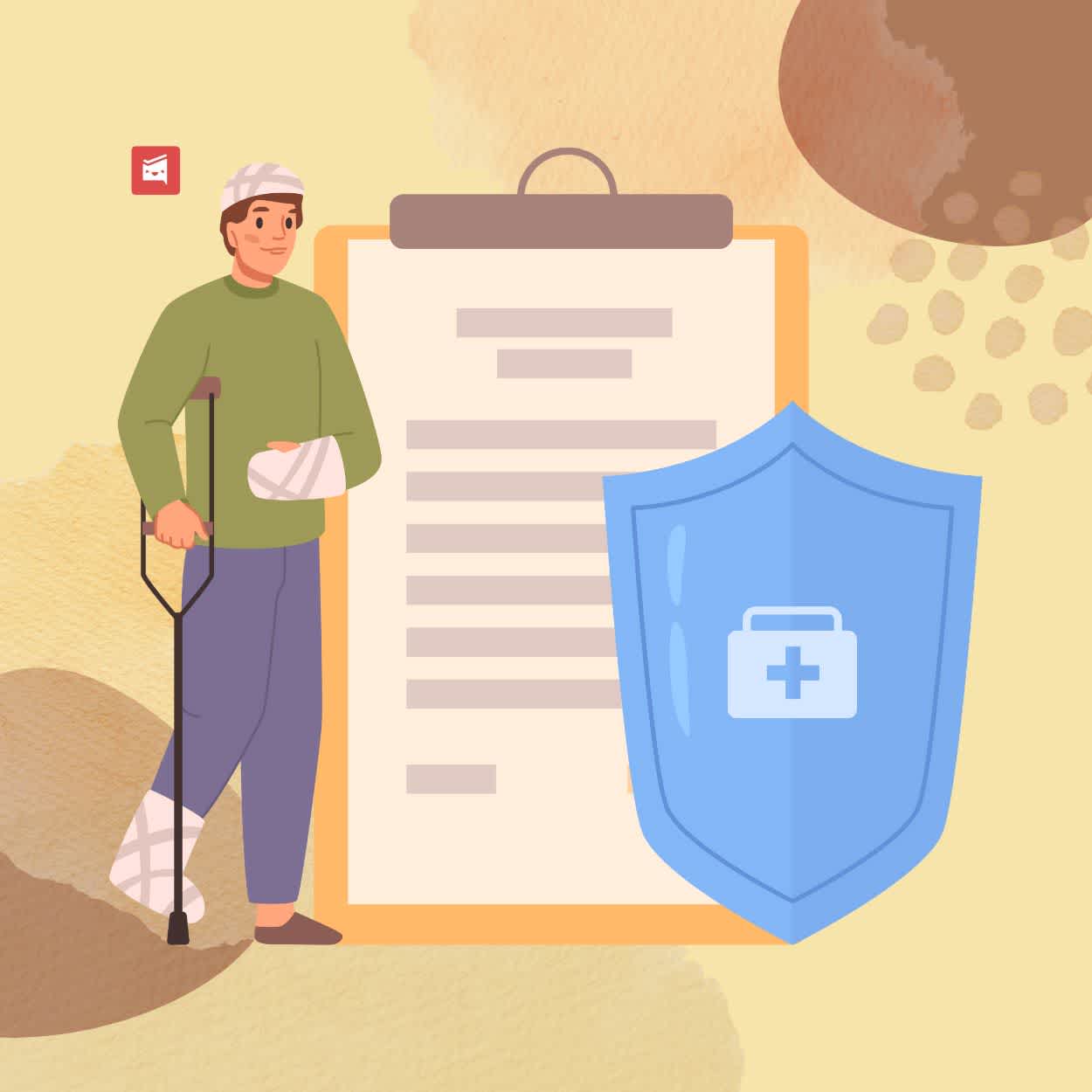How Small Business Owners Should Respond to Employee Injury Claims
ByJulian Gette
Workast publisher

Workast publisher
As a small business owner, safety among employees is a top priority. No matter how careful we are, accidents happen, resulting in injury claims. Understanding how to navigate these situations best can ensure that employees are taken care of while also keeping the business safe. This guide walks you through how to handle employee injury claims quickly and safely.
Employees might be injured while doing their job and claim injuries. Such claims may include medical expenses, lost wages, and other relevant charges. All small business owners should ensure they understand the laws and rules surrounding claims so they can properly handle anything that comes their way. Ideally, if you are injured, you should get expert help with your workplace injury case as soon as possible.
When an injury happens, time is of the essence. First and foremost, getting the injured employee proper medical treatment should be the priority. This helps to prevent complications, and if needed, you can call emergency services. Documenting the incident as soon as possible is also important, including details such as the date, time, where it occurred, and how the injury occurred.
Open communication can build transparency and trust. Communication with the employee and other employees about the incident is crucial for small business owners. Witness statements and photos can be useful for collecting information. Thorough documentation of the incident, including medical records and communication regarding the claim, can come in handy down the road.
Knowledge of legal obligations is essential for small business owners. One area commonly required for businesses is workers' compensation insurance, which covers the lost wages and medical expenses of employees who suffer injuries while at work. Knowing local procedures and what local laws require them to do to file a claim helps ensure compliance.
After documenting the injury, the next step is to file a claim with the workers' compensation insurance company. This is the step where one submits everything that is needed, like a report by the doctor, a report of the incident, etc. Filing the prompt is essential to not getting lost in the puddles of claim processing.
Supporting an injured employee during rehabilitation is crucial. Regular check-ins show genuine care, while offering help with paperwork or explaining their rights can ease stress. These simple actions demonstrate compassion and build trust, making a challenging time feel less overwhelming and helping the employee stay connected and supported throughout their recovery.
To prevent similar incidents in the future, it’s important to assess existing safety procedures and identify potential hazards. Enhancing workplace safety can be achieved through employee training, regular safety audits, and updating outdated equipment or protocols. These proactive measures help create a safer work environment and reduce the risk of repeat accidents.
Once the claim has been settled, you can learn from the incident. Mistakes may have led to an injury one could have avoided, and analyzing those can help prevent this from happening again. Engaging employees in this process can provide additional insights and create a culture of safety.
Small business owners must revise their policies and procedures based on their knowledge. Having clear roles and responsibilities associated with workplace safety will help ensure that expectations are established. Doing this regularly helps to maintain the effectiveness and relevance of all policies.
A good workplace can minimize the risk of injury. Allowing communication, appreciating the workforce, and providing a sense of well-being are part of a work culture that can be given—employees who feel appreciated and listened to are more likely to follow the safety rules.
But when things become complicated, professionals and personal finance experts may be helpful. Like many aspects of life, legal advisors or human resources specialists can help navigate issues specific to a particular situation. These sound pointers provide a canny approach toward traversing the multifaceted pathways of injury claims for small business owners.
As a small business owner, handling employee injury claims with care and expertise is essential. There are a number of ways that employers can keep their employees safe. By understanding legal obligations, keeping the lines of communication open, and keeping safety at the top of their priority list, they can ensure they have protected both their employees and their business. Such steps focus on the immediate area of concern and lead to a safer work environment for all.
